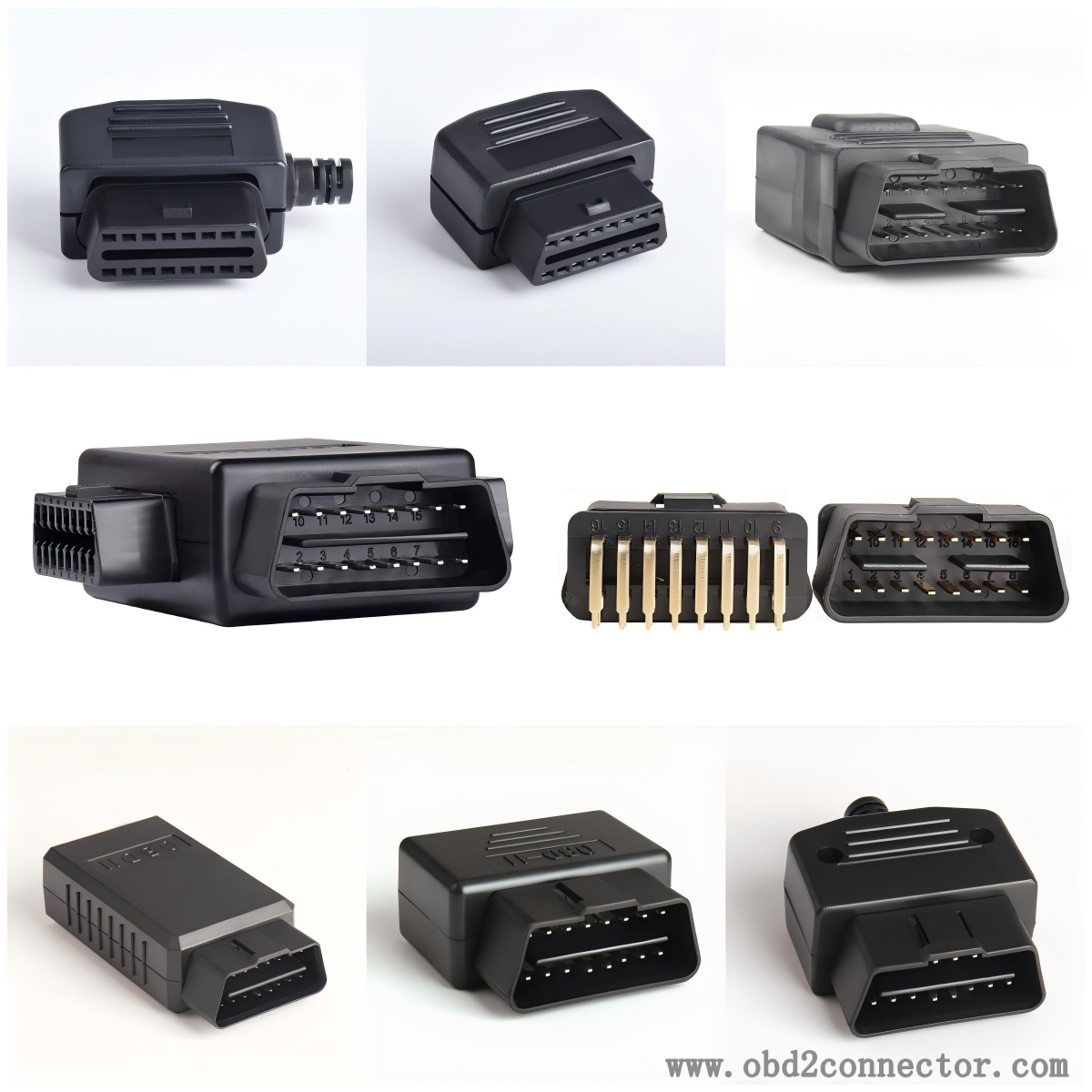What issues should be noted when replacing different types of OBDII connectors?
OBDII connectors mainly come in different types such as standard, mini, and waterproof. When replacing different types of OBDII connectors, in addition to paying attention to basic matters such as power-off operation and selecting compatible products, there are also some special precautions for each type. The following is a specific introduction:
basic dos and don'ts
Confirm vehicle compatibility: Regardless of which type of OBDII connector is replaced, ensure that the new connector is compatible with the brand, model, and year of the vehicle. Different vehicles may have specific requirements for the electrical characteristics and pin definitions of OBDII connectors. Using mismatched connectors may not work properly and may even damage the vehicle's electronic system.

Perform power-off operation: Before replacing the OBDII connector, be sure to disconnect the vehicle's power supply, usually by disconnecting the negative terminal of the battery. This can avoid short circuits during operation, damage to the vehicle's electronic devices, or electric shock to personnel.
Make proper markings and records: If the wiring of the connector is complex, it is best to mark and record the connection lines or related components of each pin before disassembling the old connector, so that they can be accurately restored when installing the new connector and ensure correct wiring connections.